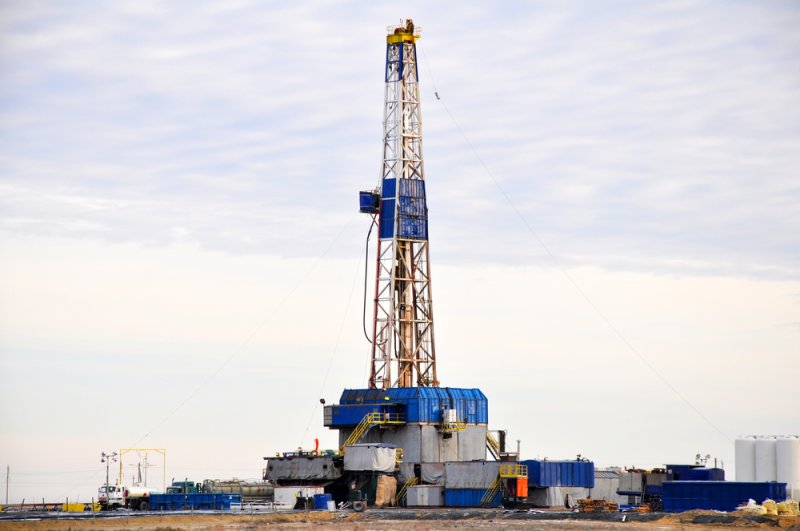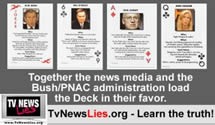There are days when I imagine the main purpose of The News is to get our blood raging to check the strength of the vein walls, or to have us self-check the gnashing positions of our upper and lower jaws to test the limits of the bullets we're biting on, or maybe, to make us drag our funny bones out of storage to give them a random tickle and jolt, via a semi-vicious half Nelson.
These past couple days, checking the headlines, I think all of that is trying to happen at once. No, it's OK -- I get it: Life is simply trying to see how much Krazy it can stuff into the Klown Kars of Reality before everything goes Ka-Boom.
Alex Baer: A Few Outbreaks of Sanity
Veterans Affairs failed to give WW II vets medical benefits for participating in mustard gas experiments
 The U.S. military failed to compensate thousands of soldiers who were secretly exposed to mustard gas during its most toxic experiments as promised, according to an NPR investigation.
The U.S. military failed to compensate thousands of soldiers who were secretly exposed to mustard gas during its most toxic experiments as promised, according to an NPR investigation.
Exposure to the sulphur mustards left some gas masked participants like Charlie Cavell, then 19 years old, blistered and burned while trapped inside heated gas chambers during World War II.
Autopsy of Freddie Gray shows 'high-energy' impact
Freddy Gray suffered a single "high-energy injury" — like those seen in shallow-water diving incidents — most likely caused when the police van in which he was riding suddenly decelerated, according to a copy of the autopsy report obtained by The Baltimore Sun.
The state medical examiner's office concluded that Gray's death could not be ruled an accident, and was instead a homicide, because officers failed to follow safety procedures "through acts of omission."
Alex Baer: Behold, a Season of Be's
Getting warmer out there, near 100 by week's end, so that means it's getting warmer in here, too [tilts head, taps temple, nods knowingly].
The hotter it gets outdoors, the more bees I seem to have in my head, if not in my actual bonnet, or my pants, or elsewise stuck in other uncomfortable, compromising places that are on, in, or around my own highly-personal person.
Amazon pulls Confederate flag merchandise
The online retailer Amazon will remove all Confederate flag merchandise from its website, a move that comes amid growing public criticism and skyrocketing sales of the so-called "Southern cross," a spokesperson confirmed Tuesday.
Amazon's decision, first reported by CNN's M.J. Lee, came after similar moves by Wal-Mart, Sears and eBay, all of which have pulled sales of Confederate flag merchandise over the past 24 hours. In that same time period, Amazon had seen its sales of Confederate flags grow by more than 3,000 percent.
Meryl Streep asks Congress to revive ERA
 No actor or actress can match Meryl Streep's 19 Academy Award nominations, and only Katharine Hepburn has bested her three Oscars for acting. So maybe it's conceivable that Streep's letter Tuesday to each member of Congress can somehow revive the Equal Rights Amendment, politically dormant since its high-water mark four decades ago.
No actor or actress can match Meryl Streep's 19 Academy Award nominations, and only Katharine Hepburn has bested her three Oscars for acting. So maybe it's conceivable that Streep's letter Tuesday to each member of Congress can somehow revive the Equal Rights Amendment, politically dormant since its high-water mark four decades ago.
"I am writing to ask you to stand up for equality - for your mother, your daughter, your sister, your wife or yourself - by actively supporting the Equal Rights Amendment," Streep writes. Each packet includes a copy of "Equal Means Equal," a book by Jessica Neuwirth, president of the ERA Coalition.
Society calls for Scottish fracking review
 Hydraulic fracturing in Scotland could give the Edinburgh government some autonomy over the energy sector with few environmental impacts, a policy paper read.
Hydraulic fracturing in Scotland could give the Edinburgh government some autonomy over the energy sector with few environmental impacts, a policy paper read.
The Royal Society of Edinburgh, the premier scientific academy in Scotland, said the controversial drilling practice known also as fracking offers Scotland important options for onshore natural gas.
Harmful toxin used in baby clothes should be banned, advocates say
 An advocacy and research organisation, the Environmental Working Group (EWG), is hoping to educate the public about the toxin antimony, push manufacturers to stop using it and ensure that the federal government adheres to its oversight responsibilities.
An advocacy and research organisation, the Environmental Working Group (EWG), is hoping to educate the public about the toxin antimony, push manufacturers to stop using it and ensure that the federal government adheres to its oversight responsibilities.
Antimony is a naturally forming element and metalloid that is found predominantly as sulfide mineral stibnite and has been used by humans for thousands of years. The ancient Egyptians used it in cosmetics.
A child born today may live to see humanity’s end, unless…
 Humans will be extinct in 100 years because the planet will be uninhabitable, said the late Australian microbiologist Frank Fenner, one of the leaders in the effort to eradicate smallpox during the 1970s. He blamed overcrowding, denuded resources and climate change.
Humans will be extinct in 100 years because the planet will be uninhabitable, said the late Australian microbiologist Frank Fenner, one of the leaders in the effort to eradicate smallpox during the 1970s. He blamed overcrowding, denuded resources and climate change.
Fenner’s prediction, made in 2010, is not a sure bet, but he is correct that there is no way emissions reductions will be enough to save us from our trend toward doom. And there doesn’t seem to be any big global rush to reduce emissions, anyway. When the G7 called on Monday for all countries to reduce carbon emissions to zero in the next 85 years, the scientific reaction was unanimous: That’s far too late.
Page 243 of 1164



































